Rococo
Episode #5 of the course “Art Movements Throughout European History”
In 18th-century France, decadence was the popular aesthetic of the day. The highly decadent style of Rococo artwork is most associated with the reign of King Louis XV, from 1715 to 1774. With enormous wealth, the French aristocracy of Louis’ court became enchanted by highly ornamental, detailed, and layered artwork that stimulated the senses and left viewers in awe of the art’s intricacy. Rococo art often uses a light, airy color palette and depicts scenes of pleasantries. It is graceful, asymmetrical, and often used gold both to enhance the richness of the color palette and as a physical symbol for its associated expense.
 Pair of lovers group of Nymphenburg porcelain, Franz Anton Bustelli
Pair of lovers group of Nymphenburg porcelain, Franz Anton Bustelli
Rococo art also used decor as a medium of expression where estate owners would envision an entire room as a work of art, and so the furniture, architecture, rugs, ornaments, and decoration for the room were all considered art as well. In England, Rococo was known as “the French style” and was not widely adopted, although its decorative ornamentation did influence some British furniture designers. The style spread further through Europe until its popularity was overtaken by more neo-classical artists.
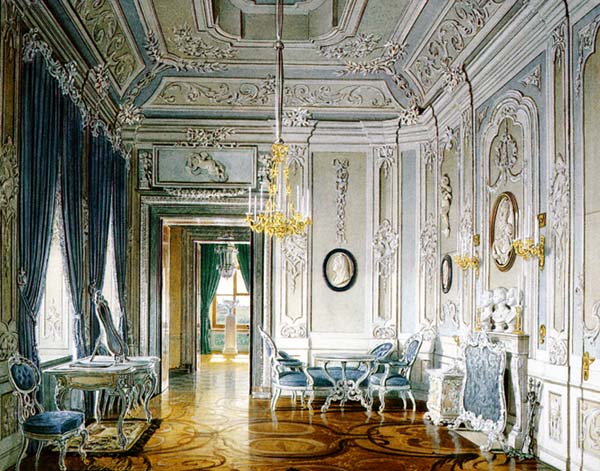 Rococo interior in Gatchina
Rococo interior in Gatchina
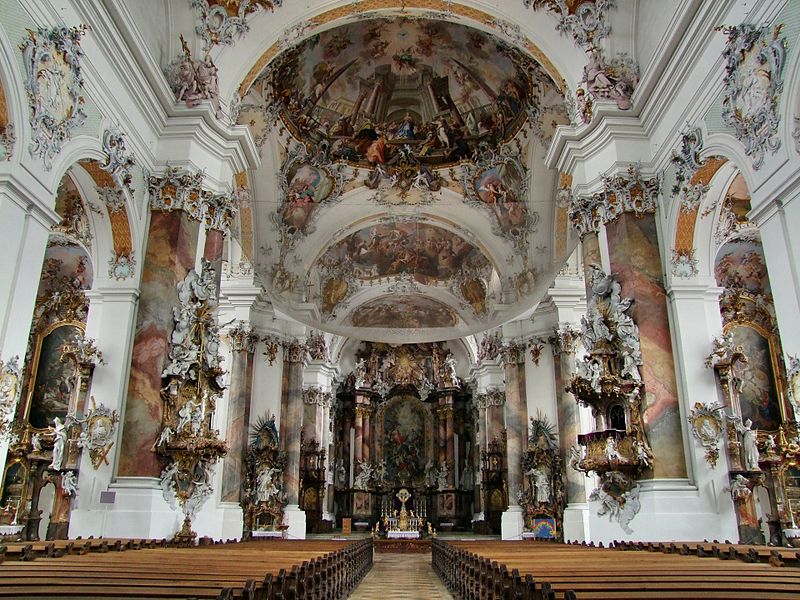 The Rococo Basilica at Ottobeuren
The Rococo Basilica at Ottobeuren
Generally very playful, Rococo art is full of movement. From lamps and small ceramic pieces to large cathedrals such as the Basilica at Ottobeuren, Rococo keeps the viewer’s eye active. Rococo paintings depict leisurely pastimes and the pleasantries of aristocratic country life, with great works from artists like Jean-Antoine Watteau, whose works include masterpieces like Pleasures of Love, The Dance, and Feast in Venice. Rococo reached its highest point in the 1730s and grew less popular as social critics like Voltaire began to criticize its promotion of pure beauty.
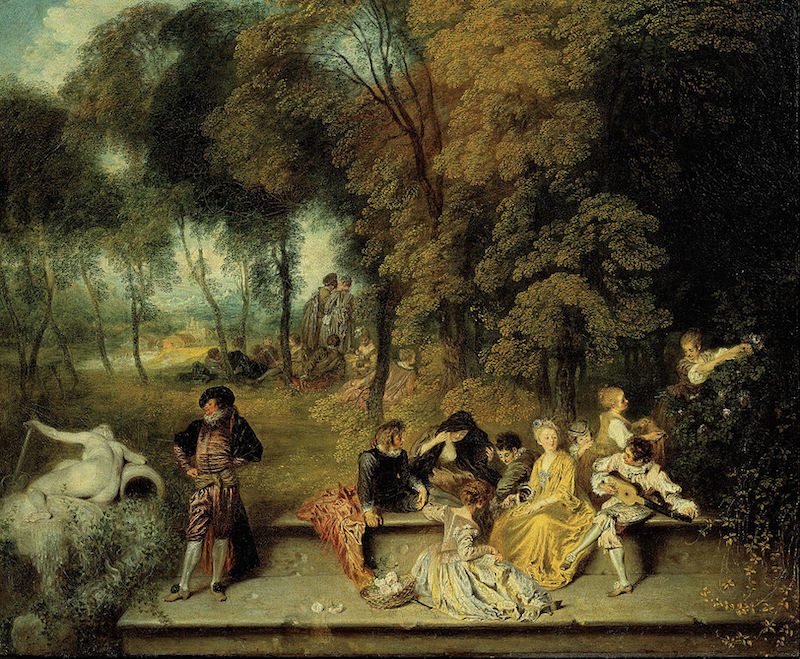 Pleasures of Love
Pleasures of Love
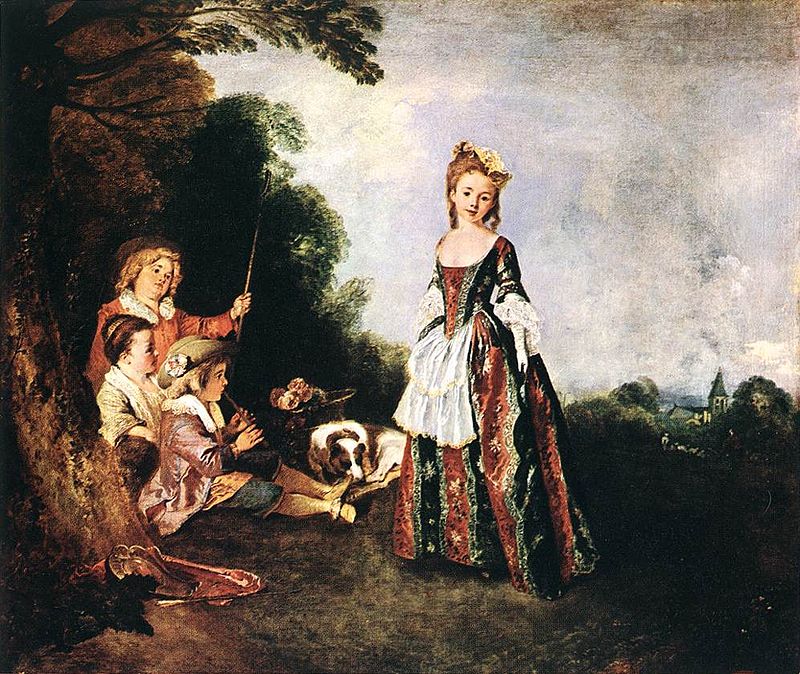 The Dance
The Dance
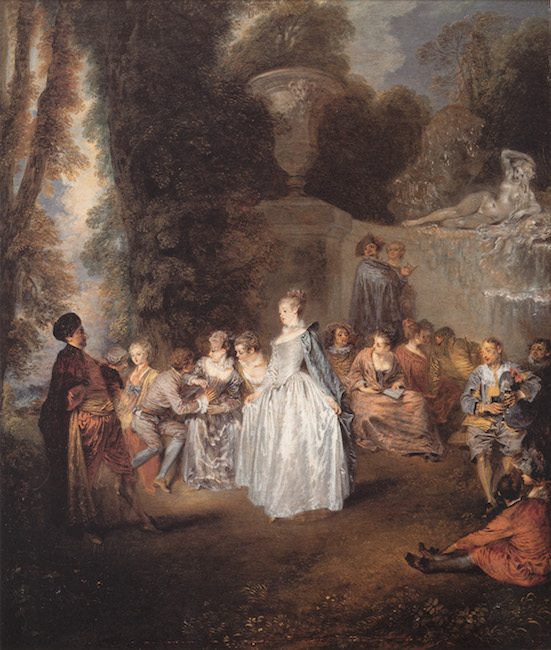 Feast in Venice
Feast in Venice
Share with friends

